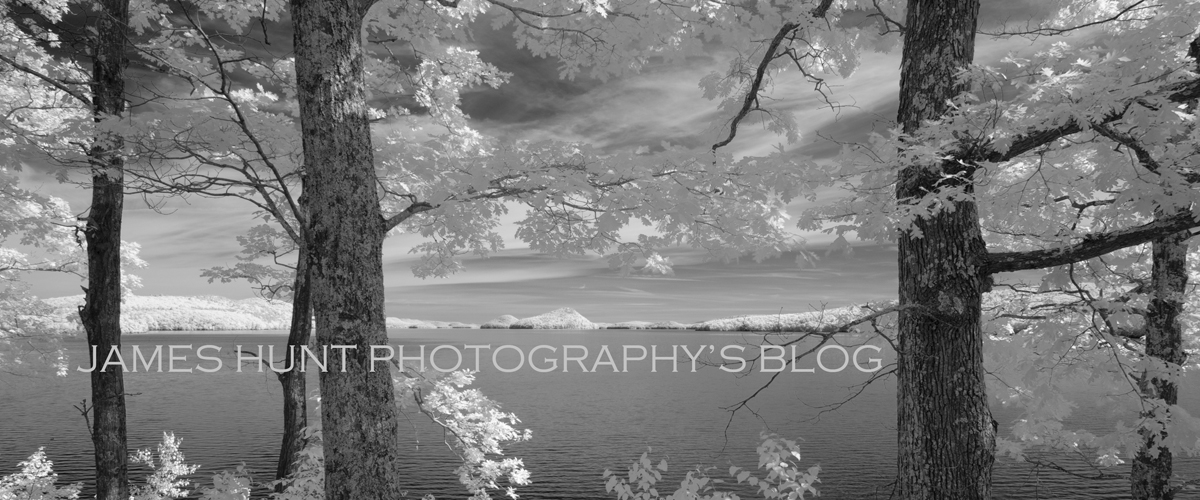The Dams of the Blackstone Watershed
The Blackstone River, which runs from Worcester, Massachusetts to Providence, Rhode Island was, and still is, very heavily dammed. Counting its tributaries it’s easy to find a dam nearly every mile or so along its path down to the sea. The River falls nearly 500 feet along the way and was the river of choice for textile mill builders in the late 1700’s and 1800’s. It is considered to be the energy for the dawn of the industrial revolution in the U.S. (beating the Merrimack River by a couple of decades). I’m currently teaching a course titled “Unintended Consequences: at the Interface of Business and the Environment,” at Babson College. I’m very fortunate to be joined in this effort by Professor Joanna Carey, an environmental scientist. It became very clear early on that she sees a river in a very different way than I, even though I’m also an environmentalist. To her, a river if far more alive and dynamic. The dams of the Blackstone River and watershed play a crucial role in the course. They have changed nearly everything about our landscape.
I wanted to capture a bit of the sense of these dams for our students, most of whom have never set foot in the Blackstone Valley, though we’re about to bring them out. I initially thought I should really have used a drone for this, but there’s a problem with that approach. I don’t fly drones. Then I realized that there is something about these dams that is particularly New England, at least to me. Their scale is different. In spite of their impact, which is massive, they tend to be much more approachable, more intimate. T’hey remind me in some ways of the dams at the Quabbin Reservoir which though massive, are also very approachable.
If you’re on a mobile device the embed may not work. You can see the video here.
These dams powered numerous textile mills, changed the landscape, and created beautiful ponds. Some played a role in the expansion of slavery (for another post, but yes, it’s true). Most impeded the work of the rivers involved by stopping the movement of sediment, and fish. Some will be removed, though I suspect many won’t. It’s just too costly. Dam removal impacts both property values and in some cases can release centuries of pollution. Perhaps what’s done is done. Human impacts can be irrevocable.







Mr. Hunt, I saw the artist talk scheduled for November 7th @ Babson. Unfortunately, I work Thursday nights so wont be able to attend. Can you give me resources on this topic which are similar to what you’ll be presenting written by you or others? My daughter has lived in and around Turner’s Falls on the CT River for years and the history of the Blackstone River Valley interests me similarly.
Hope to get to the gallery to see your photography.
Thank you, Lila Bucklin
Hi
Thanks for stopping by. The Blackstone River story is a fascinating one. I’d encourage you to go to the Blackstone Valley Heritage Corridor web site. That’s really the best starting place to learn more.
James